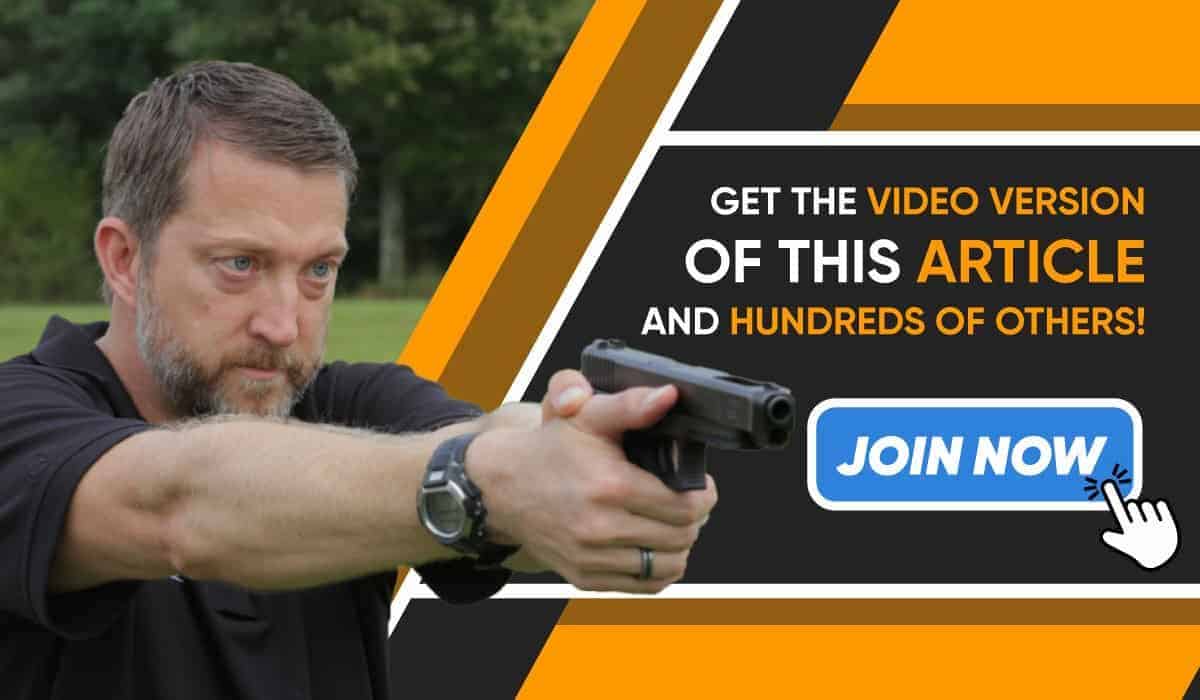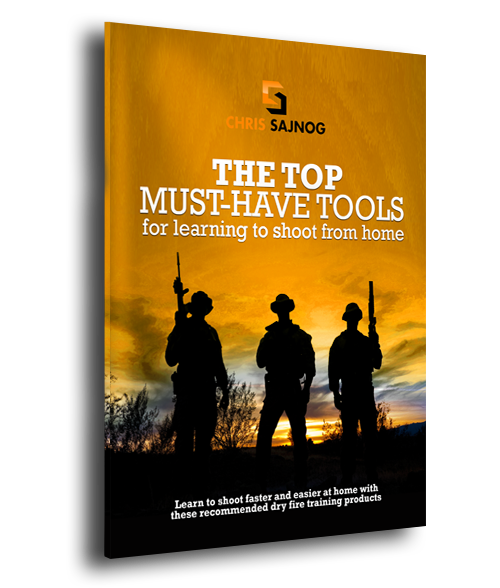Mission Preparedness: Buddy Checks for Success & Survivability
Hey, what’s up, everybody! In this post, I’m going to be talking about Mission Preparedness: Buddy Checks for Success & Survivability, exploring crucial strategies to ensure mission success and operator safety. Let’s go ahead and get started.
If you’ve ever packed a suitcase for a long trip, you’ve likely had a list of items you checked off as you put them in your luggage to make sure your face didn’t burn on the beach or you had a tie for the big interview. If you’re a smart shopper, you bring a list to the grocery store so you don’t fill your cart with unnecessary crap you don’t need.
So why would you not take the same steps when practicing your gunfighting skills or worse yet, going into battle? I’d like to talk about the importance of having a simple checklist you use before you step up to the firing line or load the helo in search of bad guys.

Buddy Checks
The buddy check is a procedure carried out by operators using a system where each operator checks that the other’s equipment is present, configured properly, and prepared to function correctly. Buddy checks should be conducted just before every operation and training event.
This simple mission preparedness can make the difference between mission success and failure. Buddy Checks, Pre-Mission Checks, Pre-Combat Inspections, and Jump Master Checks have all been in existence for some time, and most individual teams or units have developed specific requirements and procedures for when, how, and by whom these checks shall be conducted.
Nonetheless, I have observed more than one operator or shooter receive a training brief-up, hastily kit up, jam mags, and take his position on the firing line or in the stack forgetting a piece of basic but essential gear.
Shoot, I can recall a night when I had a green LT on the team sitting in the bird frantically looking around for his other fast rope glove (he had set them down to take a piss at the LZ and dropped one). Agreed, it is the individual operator’s responsibility to ensure his stuff is wired tight, but that is irrelevant and could have been prevented with a simple procedure.
Various operating/training environments, load-outs, and insertion methods require additional and specific checks. With the rapid evolution of technological and gear developments, the evolution of buddy check procedures is a must. It is very important to “test” your gear in controlled environments before integrating it into any high-risk training or operations.
To assume that your gear is good to go is unacceptable; no matter how much experience you have.
Do not take shortcuts; it could make for a “not-so-f night.
I had the good fortune to earn experience under some amazing teammates. I can vividly recall one kick in the giblets by my CPO whereas I was the LPO on my team and had neglected to ensure that 100% of the team gear was on site and that proper checks were conducted by the dude(s) assigned to manage it. No excuse.
I’m not sure about you, but when someone for whom you hold a great level of respect slams a size-twelve boot in your turd cutter, and you live with “It’s your f#&ing job, you are the platoon LPO!” still ringing in your ears; that stings. Though my pride took a blow, it was a valuable point learned in the training environment and one that was never repeated — during training or operations.
Neglecting proper buddy checks could potentially lead to mission failure or get you or one of your teammates injured or even killed.
Kit up, get buddy checks, comms checks, brief up, make ’em hot, stack it up, and hit it!
Alright, so that is it for today. I hope you got some value out of this Mission Preparedness exploration, and feel more equipped to enhance your strategic planning for mission success and operator safety. Please share and comment on this post if you haven’t already, and keep paving your path to perfection!




